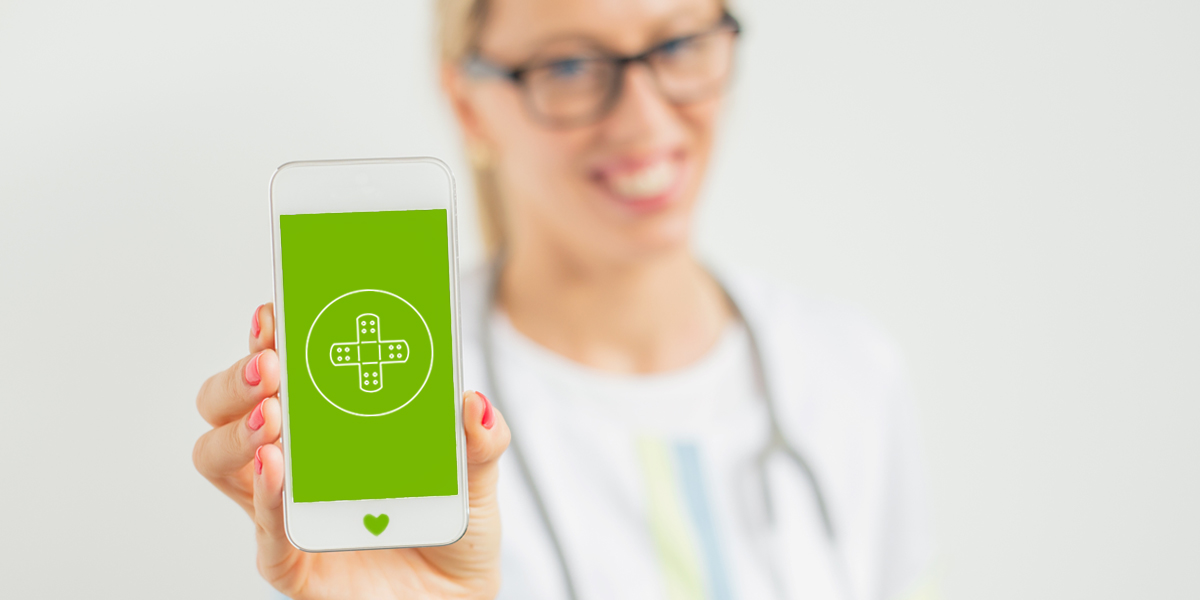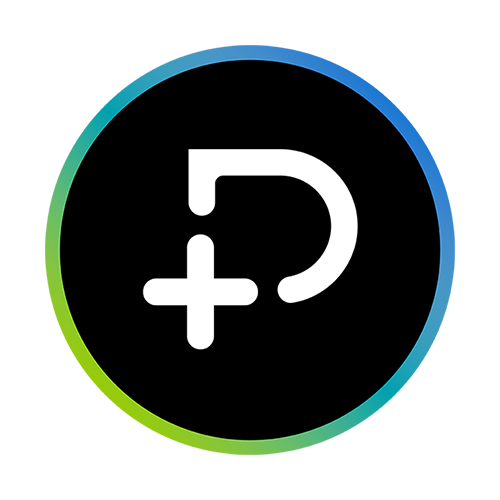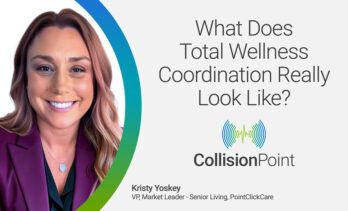
Using Smartphones to Improve Wound Care
 3 min
3 min
Innovation, Senior Living, Skilled Nursing
The number of senior care organizations incorporating technology into their facility and practices is steadily increasing. Unfortunately, innovation in wound care management has lagged behind, as nurses and care givers use paper measuring tapes, notepads, or their own forearm or hand to document the size and appearance of a wound. As a result, the quality of care and the consistency in the care regimen for wounds has created a costly challenge for senior care providers.
Facilities that fail to establish a reliable and consistent process around wound prevention and care will be faced with regulatory issues, litigation, the perception of poor care, and costly resolutions. In fact, pressure ulcers and bed sores are the second highest issue for litigation, following wrongful death as the number one contributor.
Because wound care represents a significant risk to long-term post-acute care (LTPAC) providers, it’s important for them to demonstrate that they’re a trusted partner in the care continuum. This can be achieved through consistent and reliable treatment tracking, transparency, and delivering a better quality of life for residents.
Consistent and Reliable Treatment Tracking
When hand-writing a wound description, the severity and stage can be open to interpretation resulting in a wrong assessment. If a wound isn’t correctly assessed, the treatment plan can fail, increasing the time-to-heal and opening up the opportunity for, medication errors and a negative impact to quality of life.
Amy Cassata, quality improvement consultant from River North of Bradley Health & Rehabilitation Center, has been using the PointClickCare Skin and Wound smartphone app to capture and manage wound care.
“Since we’ve started to use the Skin and Wound app, our team can identify the exact current status of a wound’s healing progress more quickly, conduct analytics, and provide outcomes data for the EHR,” says Cassata.
PointClickCare’s Skin and Wound app was showcased at the AHCA/NCAL Convention & Expo, and care providers were eager to give it a try. “When we were aware there was a pilot for this application, I wanted to be sure we were on the list,” adds Cassata. “It gives us a huge advantage because we’re confident that we’re meeting public health compliance and better managing our care.”
Transparency
Capturing an actual image and uploading it to the patient’s chart creates more transparency between care providers, residents, and their care givers (such as their adult children or spouse). By eliminating risks of misinterpretation, senior care facilities can increase collaboration between team members. The result? Better risk management, better care, and better quality outcomes.
“The secure, HIPAA compliant/EHR-linked skin and wound solution from PointClickCare has allowed us to develop consistency in our wound assessment and documentation. This consistency, with the ability to track and communicate wound status, is a significant part of our risk mitigation strategy,” states Cassata.
Having transparency into the management and healing of wounds also provides a senior care facility with ability to show their ability to document their care to trusted care partners.
Resident Care Quality
It’s vital to both the resident and the care provider to assess and address wounds quickly and accurately. Having photos on hand minimizes the number of times the resident’s wound needs to be exposed and re-dressed.
Instead of removing the bandages to show a physician the state of the wound, an RN can simply refer to the image. Because each picture is time-stamped and saved in sequence within the resident’s chart, a physician can easily decipher if the wound is improving or if intervention is required.
Further, the devices/digital cameras have Wi-Fi and are linked to the EHR so that the HIPAA criteria needed for wound care photographs are met. The camera memory card is wiped clean once the photo is transmitted to the EHR and the photo cannot be seen through the camera role or sent via any method from the device.
The need for leading LTPAC providers in North America to incorporate technology as a key part of their care services, resident and family engagement, and business operations is increasing. Solutions, such as the Skin and Wound application, can help generate better clinical outcomes, manage risk with more transparency, and deliver access to critical data.
Read More: How Tech Helps Ease the Pain of Skin and Wound Care
How to Tackle the Challenges of Wound Care With Technology
October 25, 2016






